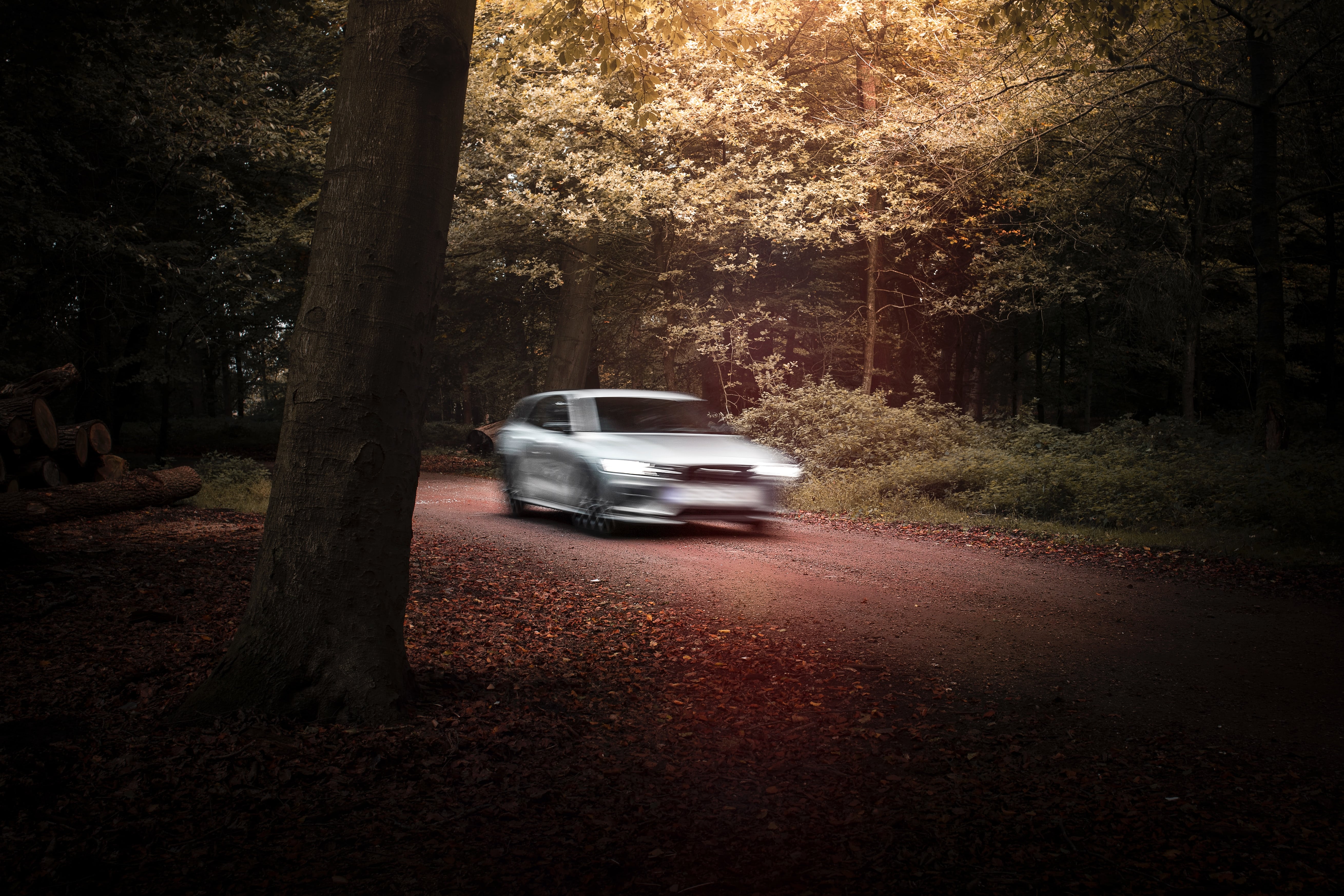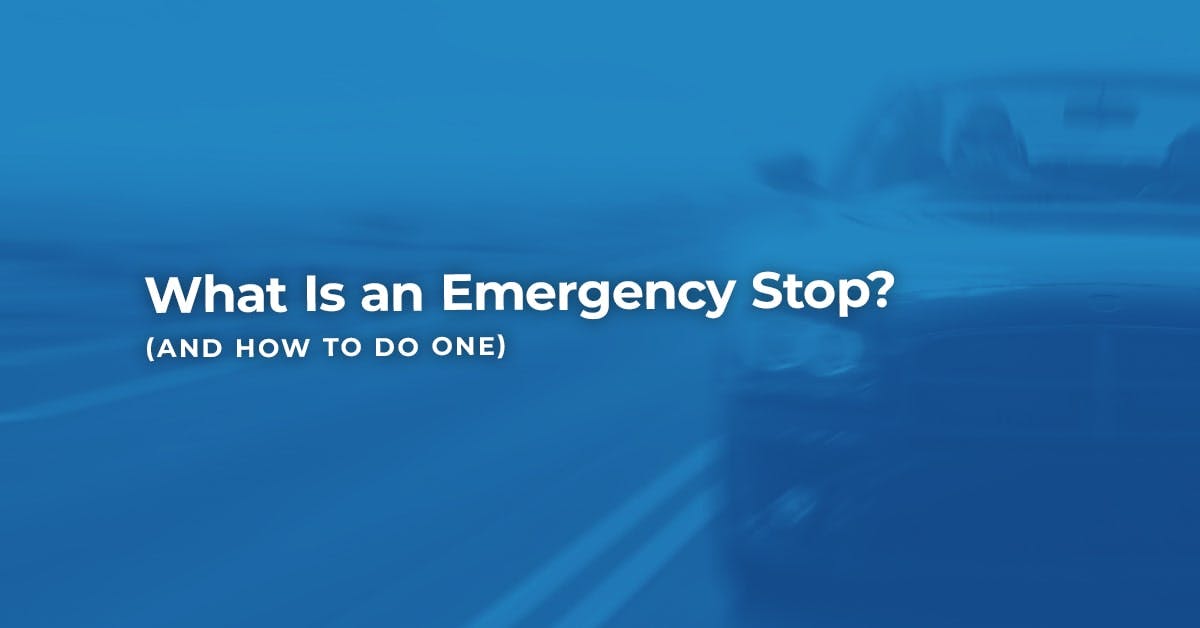An emergency stop is a means of bringing your car to a halt promptly - without skidding - and in a controlled manner. This makes it an essential skill for all drivers.
From wandering pedestrians to previously unseen hazards, drivers need to know how to respond quickly to sudden developments on the road.
Not only could an emergency stop come up during a driving test, but it could also make all the difference in avoiding a collision and preventing an accident.
Read on and find out how to do an emergency stop, when you might need to use this manoeuvre and the chances of it coming up during your driving test.
Page Contents
How to Do an Emergency Stop
If your car has an anti-lock braking system (ABS) then you will need to depress the clutch and brake pedals at the same time to carry out an emergency stop.
If your car is older and does not have ABS, you must press the brake first and then press down on the clutch at the last moment before stopping. Pressing the clutch too early could increase the risk of coasting and losing control of the vehicle.
If you don’t press the clutch in either case, you may end up stalling the car.
Try to avoid stalling if you can – you may have to move quickly again soon and stalling can take up valuable time.
To perform an emergency stop in an automatic car, you should press the brake until the vehicle comes to a stop. You can then apply the handbrake and put the car into neutral.

When Will I Need to Use This Move?
You may need to perform an emergency stop if the car in front of you stops suddenly, or if a pedestrian runs in front of your car.
If the hazard is too close for you to come to a slow stop, then an emergency stop is a precautionary method to keep yourself and other road users safe.
What Should I Do After My Emergency Stop?
After successfully performing an emergency stop, your vehicle should come to a complete stop with the engine still running – unless you are in a manual car and forgot to press the clutch.
If so, you may have stalled and should start your engine again.
Check your blind spots and the area around your vehicle before driving off again.
Is an Emergency Stop Part of the Practical Driving Test?
There is a 1 in 3 chance that you will be asked to perform an emergency stop – also known as a controlled stop – during your driving test.
The examiner will choose the manoeuvres you have to do at random. You will not be told at the start of the test which ones you will be performing, but you will be informed in good time.
If you are asked to perform an emergency stop, you will first be asked to pull over.
When the car comes to a stop, you should put it in neutral and apply the handbrake.
The examiner will ask you to perform an emergency stop in a moment's time. They will tell you that they will raise their hand and say ‘stop’ – simulating a scenario in which such an action would be needed in your real driving life.
Once you have received your instructions, you will be asked to drive off again. You should drive as normal until you get this signal to stop.
You may notice that the examiner checks the mirror before doing this – it is their responsibility to make sure that it is safe to perform the emergency stop.
You won’t be asked to check your mirrors before making the emergency stop – as there would likely not be time to do so in a real life emergency situation.
It is still a good idea to regularly check your mirrors, though, so that you have a good idea of what is happening around your car.
Please note that if you take your driving test in the instructor’s car, it will most likely have ABS.
Emergency stops are generally conducted on roads with speed limits of around 30mph – but the examiner could select a higher speed road if the conditions are right. You can rule out roads that suffer from busy traffic and congestion.
Will I Fail the Test If I Stall During an Emergency Stop?
You may fail your test if you stall whilst performing an emergency stop, but not necessarily.
If the examiner senses that you have panicked, then you may pick up a serious driving fault.
However, if you restart the vehicle and get back to where you were before you stalled, then you should only pick up a minor fault.
What Will the Examiner Be Looking For?
During an emergency stop, the examiner will assess you in terms of your approach to the following aspects:
- Speed
- Control
- Checks
- Observations
Any swerving, screeching, or coasting could result in minor or major faults being picked up during the test.
Once you have completed the manoeuvre, you will be expected to complete full all-around checks to make sure that the road is safe and clear so that you can move off and rejoin traffic.
We hope you have enjoyed learning about emergency stops. If you are just getting started on your driving journey, then we have plenty of content to help you become a driving pro in no time.






